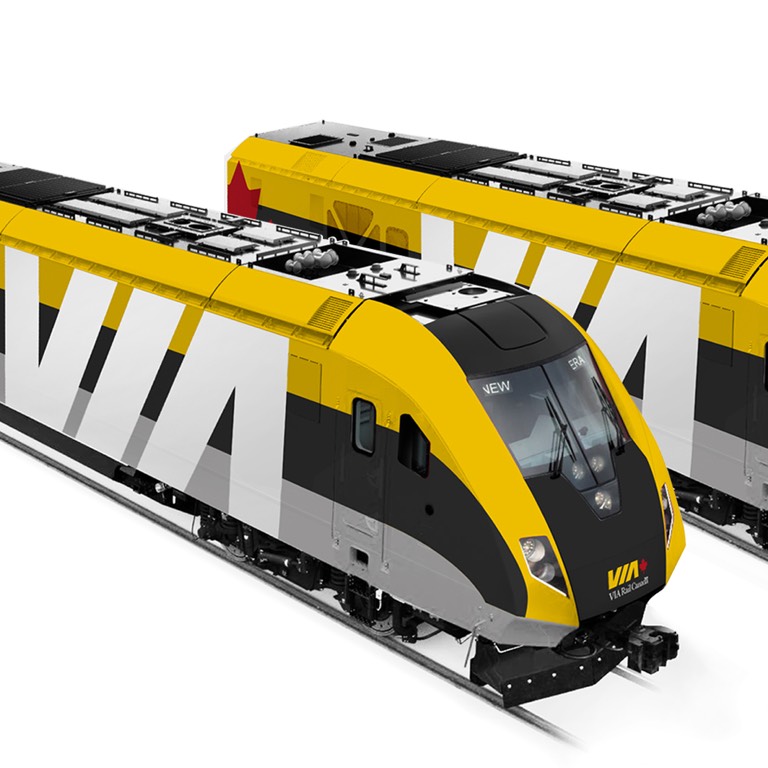Continuing my analysis from yesterday, if we assume quantify of each new trainset that I posted, VIA would be using the following quantity of each train and car type:
| Size | Qty | Business 3A | Business 3B | Economy 1A | Economy 1B | Economy Cab 4A | Total |
| Extra short | 1 | 1 | 0 | 1 | 0 | 1 | 3 |
| Short | 13 | 13 | 0 | 13 | 13 | 13 | 52 |
| Long | 11 | 11 | 11 | 11 | 11 | 11 | 55 |
| Extra long | 3 | 3 | 3 | 6 | 6 | 3 | 21 |
| Total | 28 | 28 | 14 | 31 | 30 | 28 | 131 |
| Spares | | 4 | 18 | 1 | 2 | 4 | 29 |
Assuming they buy 32, long trains (and thus 32 of each car type), they would end up with 18 spare Business 3B cars and only 1 spare Economy 1A and 2 spare Economy 1B cars, and this is with using only 3 extra long trainsets. As an opposite extreme, if for the Long trainsets that resulted in a significant reduction in seats (HEPII Set 3 and LRC Sets 1, 2, 3, 5, 6, 7 and 15), they used Extra Long Trainsets instead, the quantity of each train and car type used would change as follows:
| Size | Qty | Business 3A | Business 3B | Economy 1A | Economy 1B | Economy Cab 4A | Total |
| Extra short | 1 | 1 | 0 | 1 | 0 | 1 | 3 |
| Short | 13 | 13 | 0 | 13 | 13 | 13 | 52 |
| Long | 3 | 3 | 3 | 3 | 3 | 3 | 15 |
| Extra long | 11 | 11 | 11 | 22 | 22 | 11 | 77 |
| Total | 28 | 28 | 14 | 39 | 38 | 28 | 147 |
| Spares | | 4 | 18 | -7 | -6 | 4 | 13 |
As you can see, in terms of the total number of cars available, they are fine, but they are short 13 economy cars (7 x 1A and 6 x 1B), yet still have 18 extra Business 3B cars. I know some will argue, VIA could just substitute Business 3B cars on those trains, but as
@Urban Sky previously said,
If you don't have different Economy or Business non-cab car types, you would be forced to have accessible facilities (accessible washroom and two wheelchair spaces) as well as galleys in every single car, which would result in a lower seat count...
I don’t know which of these features a Business 3B car will have, but it is quite likely that by substituting those for the Economy 1A and 1B cars, it is probable that they would end up with a shortage of certain required amenities, for the length of train in operation.
It is very likely that the cost to build either type of economy car would be very similar to the cost to build a business car (yes there are more seats, but economy seats likely cost less than business seats), especially when considering the total cost of the order. This is of course assuming the change request is made early enough in the order process. Once Siemens has started ordering materials, or worse, begun construction, the cost would grow significantly. I would hope that VIA has already done this based on their projected needs.
Now I don’t expect any of this to reflect what VIA actually wants or needs as much of what they are currently running is likely a compromise based on what they have available to them. This new fleet purchase is a chance to start from a clean slate and buy what they actually need going forward based on projected ridership. This is just to show examples of what could be done.





